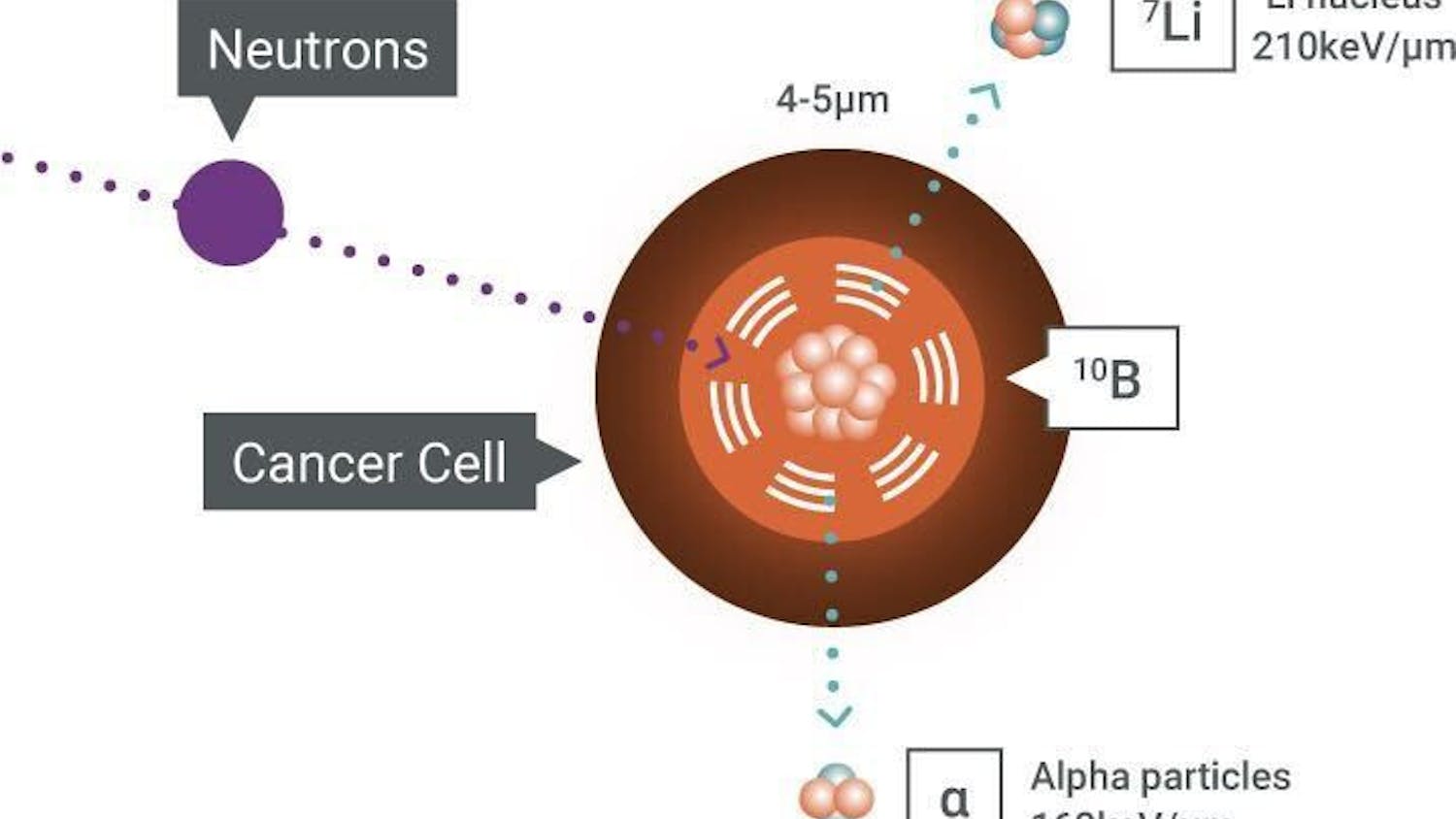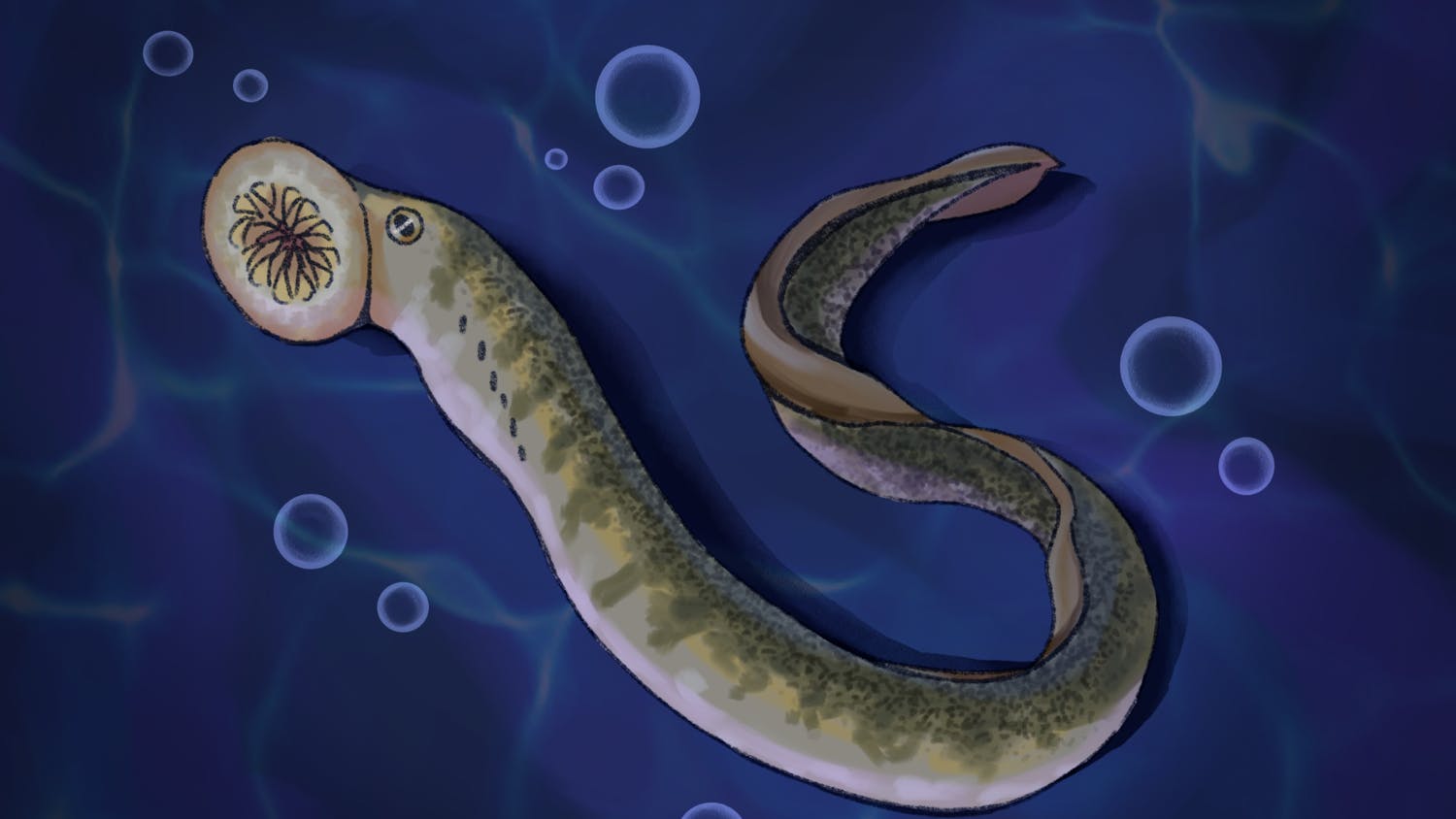Buried almost a mile below the Antarctic ice, strands of optical sensors spread through a cubic kilometer of ice, hanging perpendicular to the horizon and stretching as deep as a mile and a half toward bedrock. Above those strands, surrounded by barren ice, is a two-story building flanked by a pair of spires and home to some 300 computers. This is IceCube, a kilometer-wide neutrino detector embedded in the South Pole. Built and operated by the UW-Madison in collaboration with universities and laboratories across the globe, IceCube has been gradually collecting data on neutrinos since 2010, six years after construction began in the Antarctic ice shelf.
Five years after detecting its first neutrino, IceCube confirmed one of its most notable discoveries: the 28 higher energy neutrinos IceCube researchers believed they found in 2013 did, in fact, originated from beyond the atmosphere.
Called cosmic neutrinos, these neutral-charged particles are formed in some of nature’s largest nuclear reactors, ranging from individual stars to the centers of galaxies. These particles then travel millions of light years at the speed of light, rarely interacting with their surroundings due to their neutral charge and extremely high energy.
“That’s the advantage of neutrinos,” said Francis Halzen, a professor of physics at UW-Madison and IceCube’s principal investigator. “They don’t interact with anything.
They can reach you from the edge of the universe—from the beginning of time—unimpeded.” Their ability to travel across light years without interaction has made neutrinos difficult to detect. IceCube makes up for this by detecting muons, charged particles emitted when neutrinos crash into atoms’ nuclei. Muons leave a trail of radiation traveling the same path as the neutrino, emitting a blue glow as they passes through ice. It is this trail that IceCube detects. Since originally exploring high-energy neutrinos in the Southern Hemisphere, researchers at IceCube turned their attention to the other side of the globe.
Due to their neutral charge, neutrinos can freely pass through Earth, something other charged particles cannot do. Using this fact, IceCube basically treats Earth like a filter, meaning it can detect neutrinos from the Northern Hemisphere’s skies even though it’s buried deep in the South Pole. This method, according to Halzen, allows IceCube to detect neutrinos without having to sift through the hundreds of thousands of muons created in the atmosphere when cosmic rays collide with the nitrogen and oxygen above, otherwise known as atmospheric neutrinos.
Before this method, researchers would dig through thousands of observed neutrinos, looking for those with a higher energy to distinguish possible cosmic neutrinos from those produced in the atmosphere. “Above some energy, you don’t produce neutrinos in the atmosphere,” Halzen said. Between 2010 and 2012, IceCube detected more than 35,000 neutrinos, but only two dozen or so of those were recorded with a high enough energy level to have been created outside of the atmosphere.
By observing neutrinos passing through the Earth without the static of atmospheric neutrinos, who lose their neutral charge when they interact with the atmosphere, IceCube’s researchers were able to find high energy neutrinos similar to those recorded in the Southern Hemisphere. This match confirmed that those particles found a few years earlier were the cosmic neutrinos IceCube was built to track.
“That method really used totally independent techniques [from ours],” Halzen said. “Except for the hardware in the ice, it was basically a totally independent analysis. Which is as close as it gets to two experiments checking each other.” Using neutrinos could usher in a new type of astronomy, one that complements the space telescopes hung in low orbit and the observatories spread across the globe, according to Halzen.
“People do astronomy with X-rays, radiowaves, visible light [and] microwaves,” Halzen said. “This is just another way to look at the universe.” Observations from this method were published in Physical Review Letters on Aug. 20. Supported by an international congregation of universities, laboratories and funding organizations, IceCube is managed by the Wisconsin IceCube Particle Astrophysics Center.





